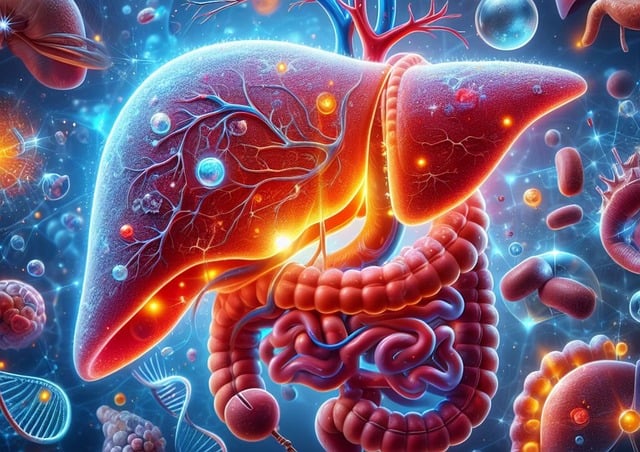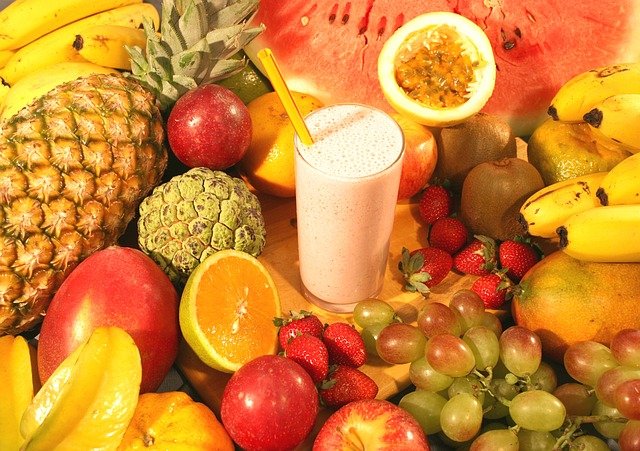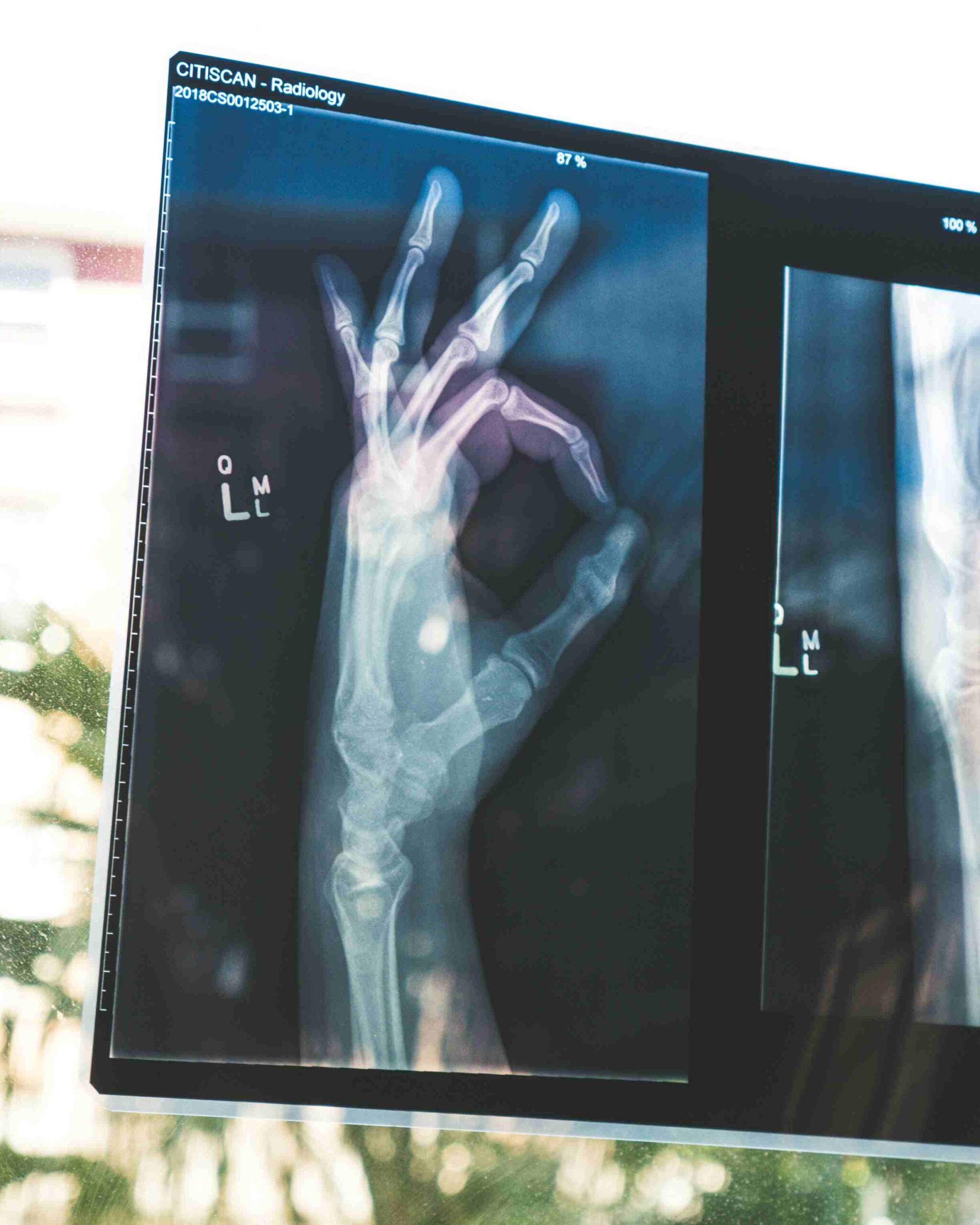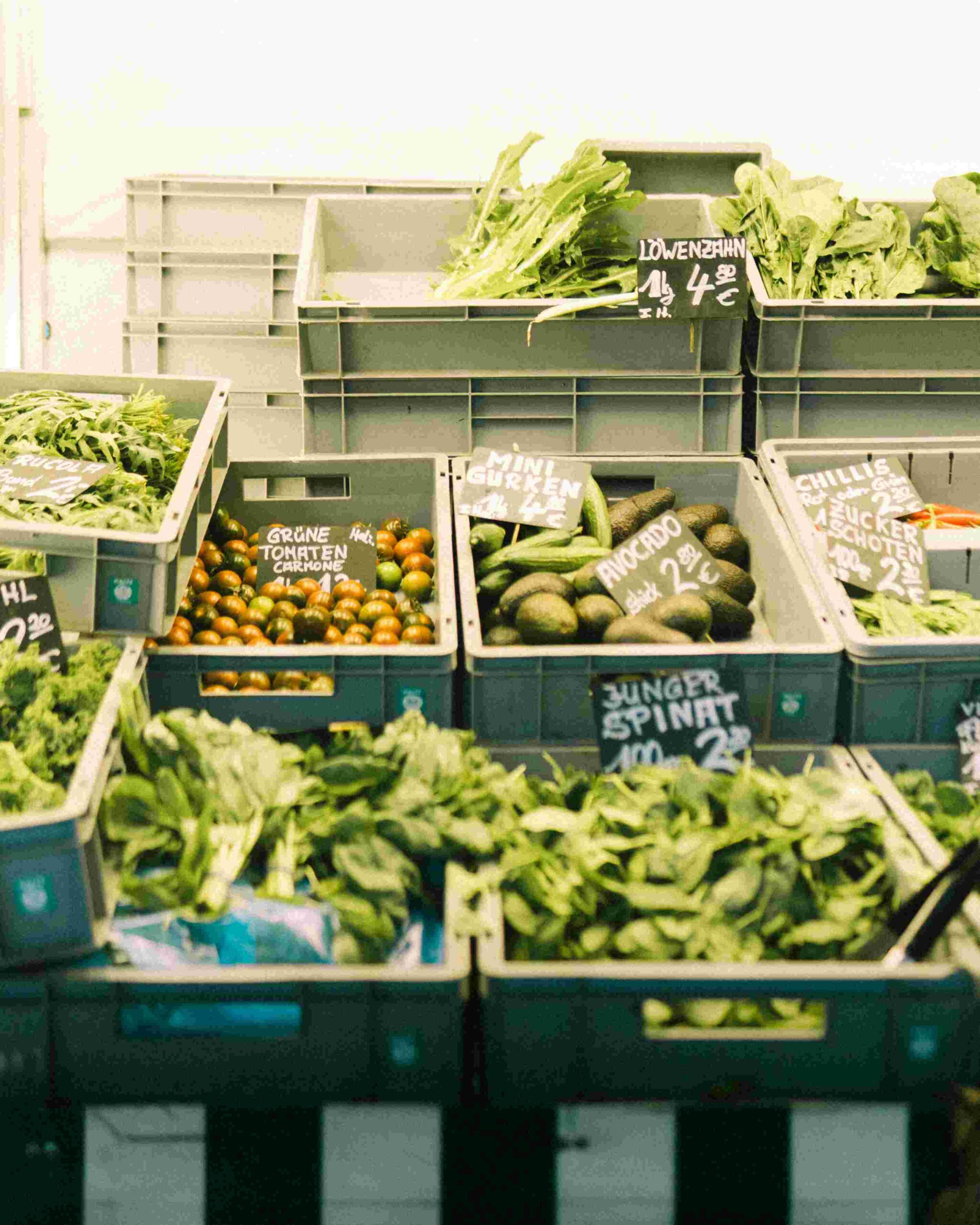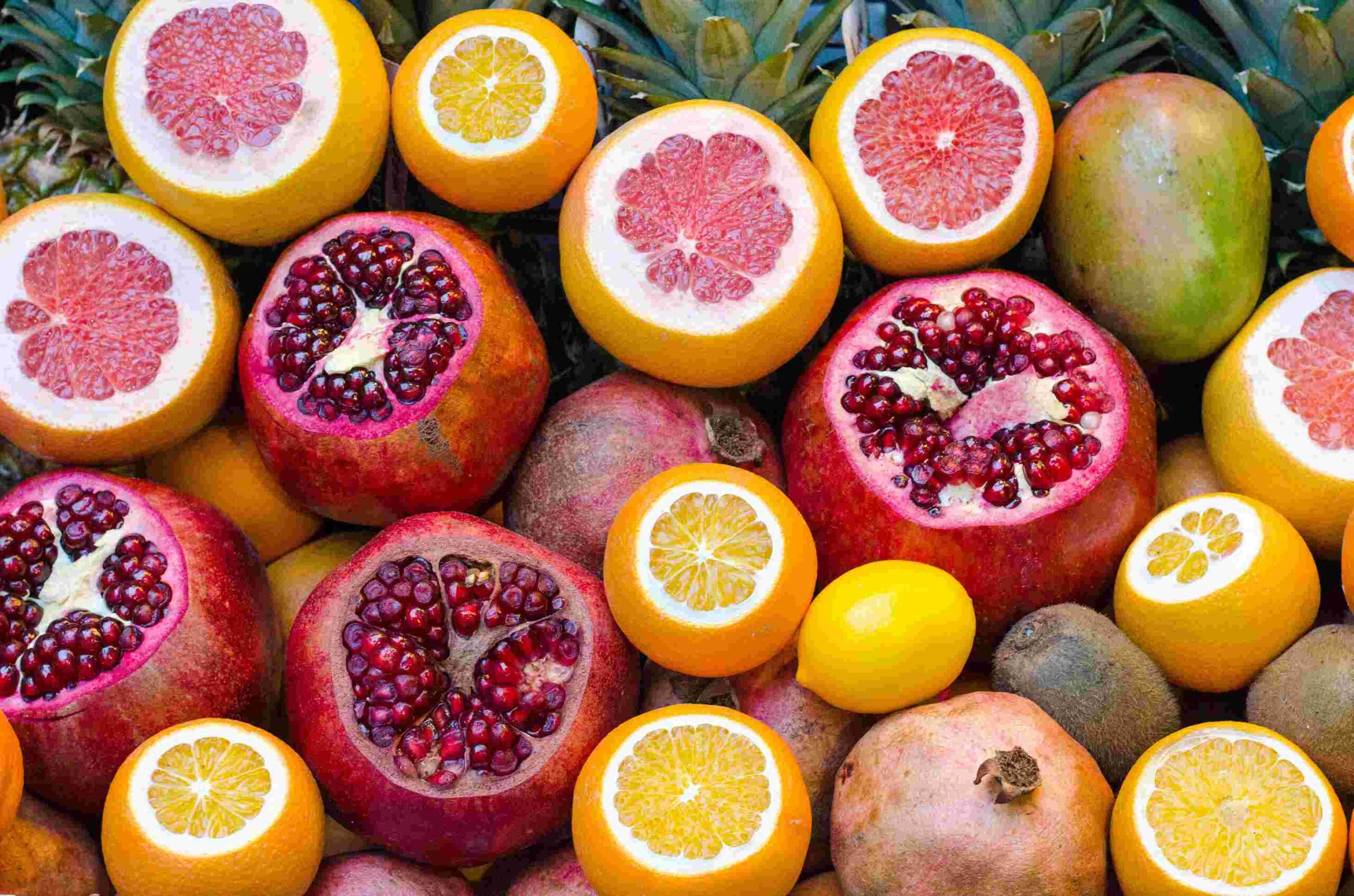
We are all affected and nobody can protect themselves from them. It happens automatically. You can vaguely remember how hard it was as a child to ride a bicycle without stabilizers or how annoying it was to have to brush your teeth in the evenings. Our kids are masters at developing and establishing them – much more than we will ever do again in adulthood. Most of them are stuck and new ones are less and less developed: It’s about our habits. They are leaders in automated processes, they are at the forefront of destroying new intentions, and they are our helpers in daily life. But is there a way to replace bad habits?
The Power of Habits
By definition, habits are procedures that you do over and over again, thus they seem natural. They are an action that has become property. In fact, I can think of one or two things that fit this description. It starts right after waking up: getting up – going to the bathroom – taking a toothbrush – putting toothpaste on it – brushing your teeth. It is a process that is hardly registered anymore. Do you still think about the way to your workplace? Or do you just start your commute and at times catch yourself with your thoughts somewhere else while your body automatically brings you to work? Driving a car, doing your favorite sport, or cooking: are all activities that are saved as habits and simplify our lives. Imagine, you would have to learn everything again after each holiday. Would be exhausting, wouldn’t it? Habits are quite a helpful trick of the brain.
Good and Bad Habits
But I would not write a blog article on this subject if everything were great. If our brain saved all the positive actions, that wouldn’t be a big problem. Unfortunately, it cannot distinguish between good and bad habits. The desire for sweets, as soon as we put our feet up, the excuse to lie down instead of jogging or the stupid biting on the fingernails – these are processes the body has stored and replays as soon as our brain receives the specific signal for it.
The Habit Loop
In order to understand how this works, we need to have a look at the so-called habit loop. The habit loop consists of the trigger, the routine, and the reward.

I want to show you the principle with an example:
Every day at work, we move away from our desks around lunchtime, go to the cafeteria, buy a sweet pastry, chat with colleagues, feel good and go back to work. This could be a typical daily habit for one or another of us. The desire for sweets or entertainment (trigger) causes us to run off and buy the sweet pastry (routine). And now comes the reward: the satisfaction that comes after we leave our workplace and devour the pastry.
We all have our individual bad habits and dream of simply cutting them off. Here comes the fantastic news: It is absolutely possible – just not without some effort. Unfortunately, there is no magic formula that simply spells away bad habits. Rather, there is a conceptual framework model that helps us to recognize and change habits. But here is a small catch: changes are slow and it takes a lot of patience.
It’s Time to Uncover
Let’s start with the routine (from the model of the so-called habit loop). This can be identified the fastest. Do I always eat a candy bar as soon as I’m on the couch? Do I treat myself to a beer every day after work or do I have a sweet pastry after every lunch break? Once we have uncovered our routine, we continue with the more difficult parts of the habit loop: the triggering incentive and the reward.
The Appetent Reward
Let’s continue with the reward. In order to identify it, we need to experiment a bit. Here, we proceed according to the exchange principle. Instead of the sweet pastry, we eat a piece of fruit one day or we go for a walk instead another day or we just chat with a colleague another time. That’s how we find out what really drives us. Is it the hunger, the boredom, or the desire for a distraction? Now we have to listen to ourselves. If we still crave the sweet pastry after the piece of fruit, we can exclude sugar as a reward. However, if we feel well after talking to a colleague and have completely forgotten the sweet pastry, we have found our reward: we do not long for something sweet, but much more for a little distraction from work.
The Tricky Trigger
Now it comes to identifying the most difficult part of the habit loop: the triggering stimulus. We must try to filter it out of so many potential triggers. For who knows exactly why we react like this: Do we have breakfast because we are hungry, because it is a certain time, because everyone is eating around us, or just because we went to the kitchen? To find out the reason for the release under this much information, a little trick should help us. You record the following five factors:
- Location
- Time
- Emotional state
- Other people around
- Immediately preceding action
Let’s write down the answers to these five factors every time we feel the need for something sweet. This allows us to find out who or what exactly is the trigger for our desire. Assume that everything varies except for the time of day. So we now know that our desire is time-dependent. Of course, we can not change the time – but we can change our actions around this time period. We have to come up with a plan that we can follow instead. Hence, it would be an option to set an alarm clock at that time and treat yourself to a little walk or chat in the office. It won’t be that easy. Some days we postpone our plan because there is too much to do. Other days, we simply forget it and then have the desire for a sweet pastry again. But on the days we follow the plan, we will feel better in the evening. Habits once established as such are not that easy to change. But we’ll see that after some time our plan is established as a habit too and the walk or chat happens automatically without thinking.
This model can help us a little to change our bad habits. It won’t be easy, we don’t need to fool ourselves. We have to hang in there because it is doable.
Developing New Habits
Not only can we change old habits, but we can also develop new ones. Let’s take sport as an example. Scientists found out that a lot of people do sports because they feel good afterward. If we bestir ourselves to do sports regularly for a while, our brain establishes this activity as a habit. In the beginning, it is still a complex task for our brain cells. We have to change our clothes, put on some sports shoes, go out, put one foot in front of the other, set the right speed, watch out for obstacles, and breathe properly to avoid side stitches. After some time, all this has gone into flesh and we do not have to think much about it. We automatically put on our running shoes when they are standing in front of our bed. Our brain reacts to this, as it expects to receive a good feeling as a reward. Now, it has become a habit.
Healthy Eating Habits in our Everyday Life
In our everyday life, it’s not always easy to keep our habits healthy. That’s why I’d like to share with you some of my personal tips for incorporating healthy eating habits into our fast-paced everyday life: Some of you will now nod in agreement as I say that there are days when it’s difficult to live balanced and healthy due to time restrictions. When I know I’m going to have that time, I pre-cook several meals. What do we have a freezer for? With the next few dishes simply cook one or two more servings and then store them in the freezer. Now we are at least armed with healthy food that only needs to be defrosted and warmed up.
When it should go fast, I have baked vegetables. Dice vegetables, season them with herbs and drizzle them with oil, and put them in the oven. The half-hour cooking time can be wonderfully used for other activities. The same with one-pots. Put everything into a pot, turn on the stove and your food is ready in a couple of minutes. If you are in a hurry, you can also use frozen vegetables or legumes from jars.
Also, concepts like “Hello Fresh“*, “Marley Spoon“* or “Kochhaus“* are a great way to save time. Here you will not only find great, creative recipes, but also the required ingredients in appropriate quantities. Order quickly on the internet, have it delivered, and cook in 30 minutes. I voluntarily make unpaid and honest endorsements, because I like the idea behind them. It’s great that it also gives “beginners” the opportunity to cook quickly, deliciously, and healthy.
*unpaid because of brand naming advertising
What about Sweets?
Sweets are an enormous temptation that many people cannot resist. Personally, I developed a simple trick for myself: as a general rule, I no longer buy sweets in order to keep them out of reach so that in times of cravings I grab healthier alternatives instead. Now, I simply have no desire for them anymore. Speaking of shopping: Here good and bad habits can settle. Supermarkets are a challenge for mental strength. In order to get to the healthy, tasty fruits and vegetables, you have to first make it through the candy department before you’re led to the supposedly healthy fruit yogurts. And when you finally make it to the checkout, you have to stand in the queue next to other tactically set up treats and wait there. Unfortunately, I do not present you with a secret recipe that will make you immune to all these mean marketing tricks. But repeated healthy shopping behavior in combination with discipline and patience will eventually make you ignore those eye-catchers.
Here are some tips to start with:
- Never go shopping while hungry! This way you will end up with so many more items than you wanted in your shopping cart.
- Stick to a strict shopping list! Only the items that are on your list, may be added to your cart.
- Visit your local weekly market! This offers many fresh and regional foods. A great side effect is that there are usually no other temptations.
Maybe you can even think of a few tricks yourself?! Send them my way!
Thanks, dear Habits!
Habits are our constant companions. We can be thankful for them because they help make our life easier. Our habits ensure that processes are automated and saved. Good as well as bad behavioral patterns establish themselves unconsciously. Fortunately, they can also be changed. This is often easier said than done, but small challenges make life just so exciting and so worth living. So show your habits, who’s the boss!
Subscribe to our newsletter, follow us on social media to let us know how you’re working towards a healthier life!
Women’s Hormonal Balance: Nutrition, Lifestyle, and Key Strategies for Optimal Health
Introduction Women's hormonal balance is a...
Liver Health: Natural Care, Foods, and Supplements
Introduction The liver is one of the...
The Effect of Micronutrients on Body Function
Micronutrients, which encompass vitamins and...
Foods that Naturally Increase Bone Density
Bone health is essential at every stage of life,...
Adaptogen Plants: Natural Ways to Manage Stress
In a world where stress is part of daily life,...
Vegan and Vegetarian Nutrition
Why People Choose Vegan and Vegetarian Diets...
Maximize Your Performance: Nutrition Before and After Exercise
Introduction Optimizing your nutrition...
Sustainable Nutrition and Eco-Friendly Consumption
Introduction to Sustainable Nutrition...
Strengthening Your Immune System Through Proper Nutrition
Introduction The immune system is our...


